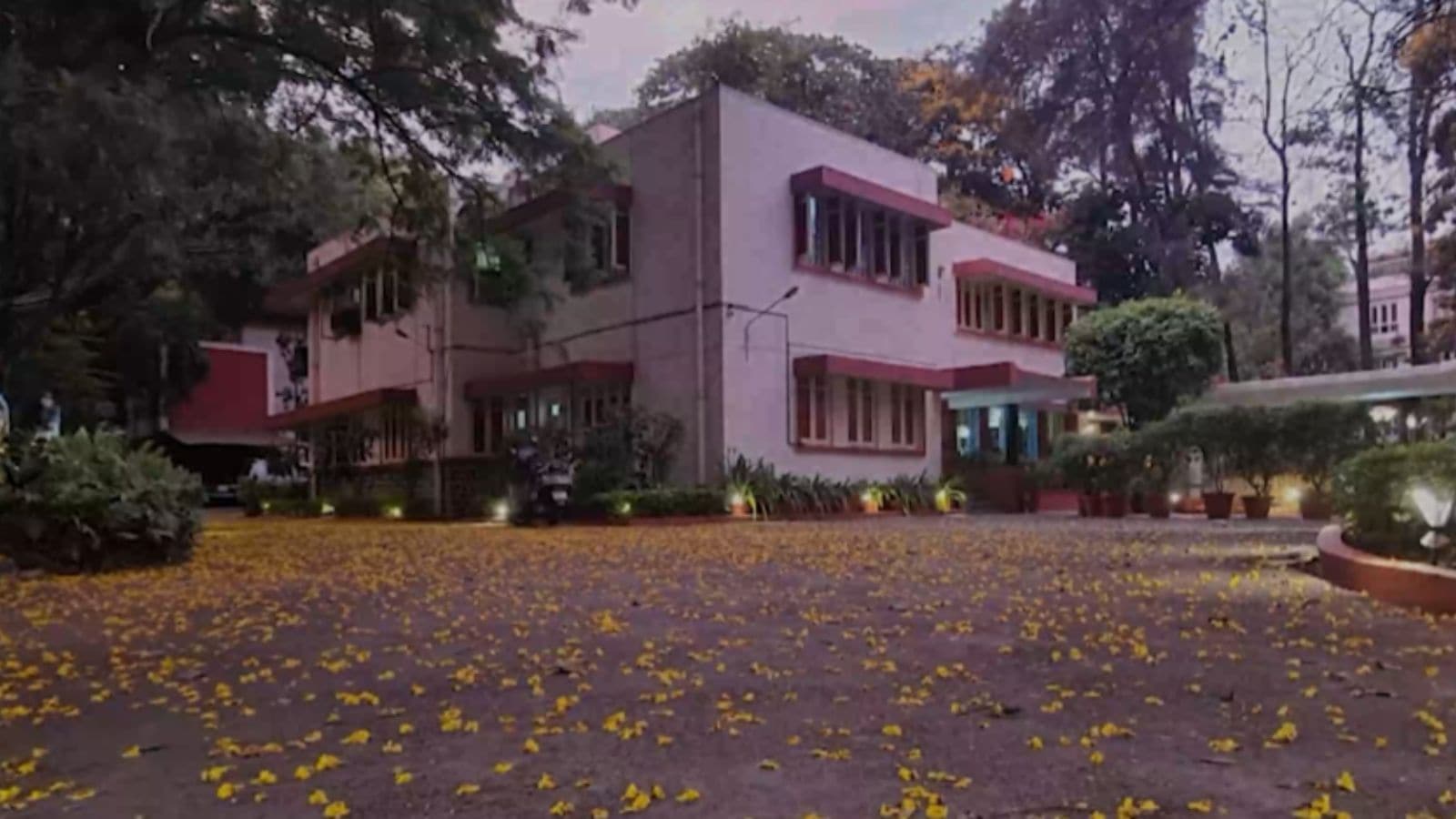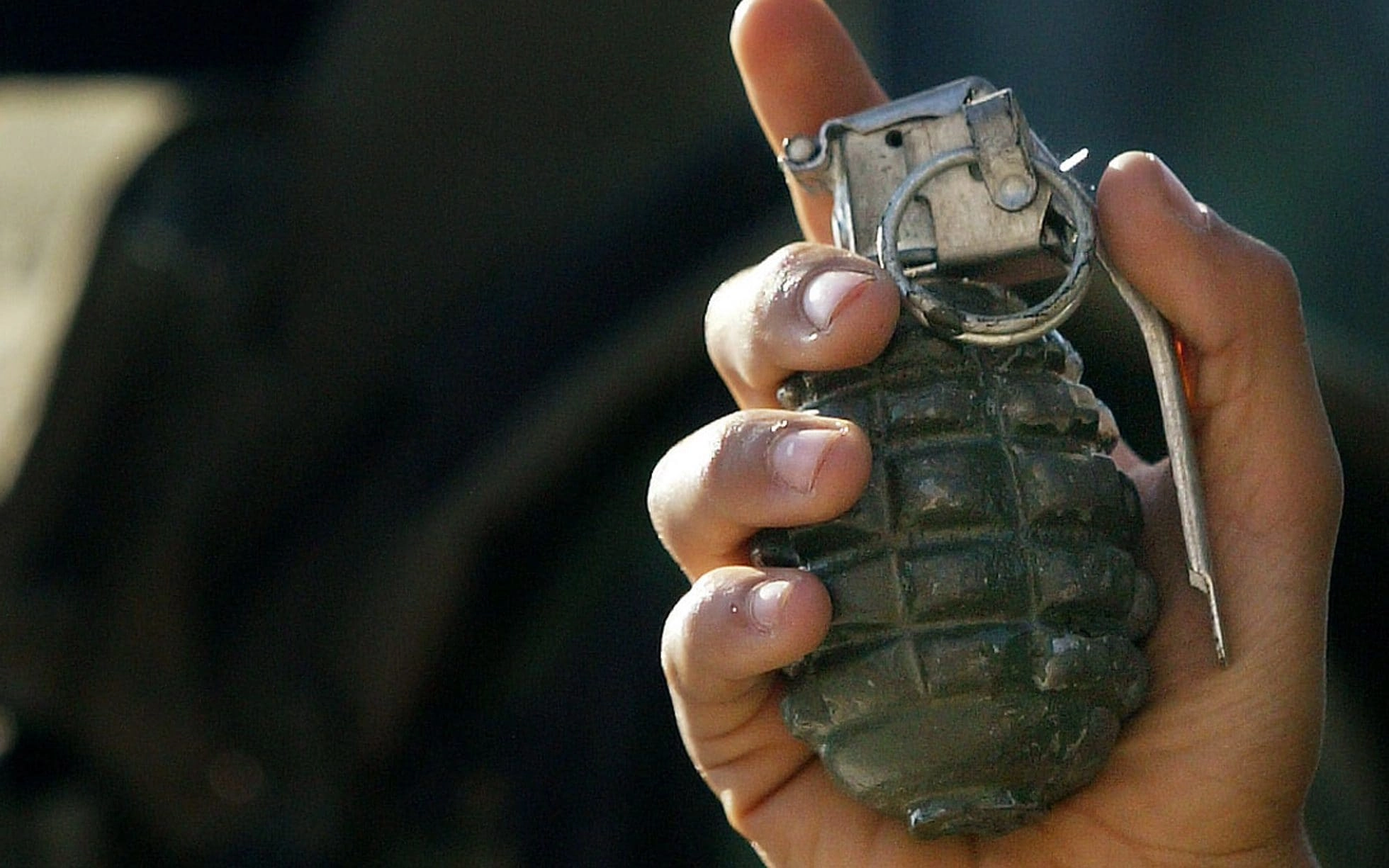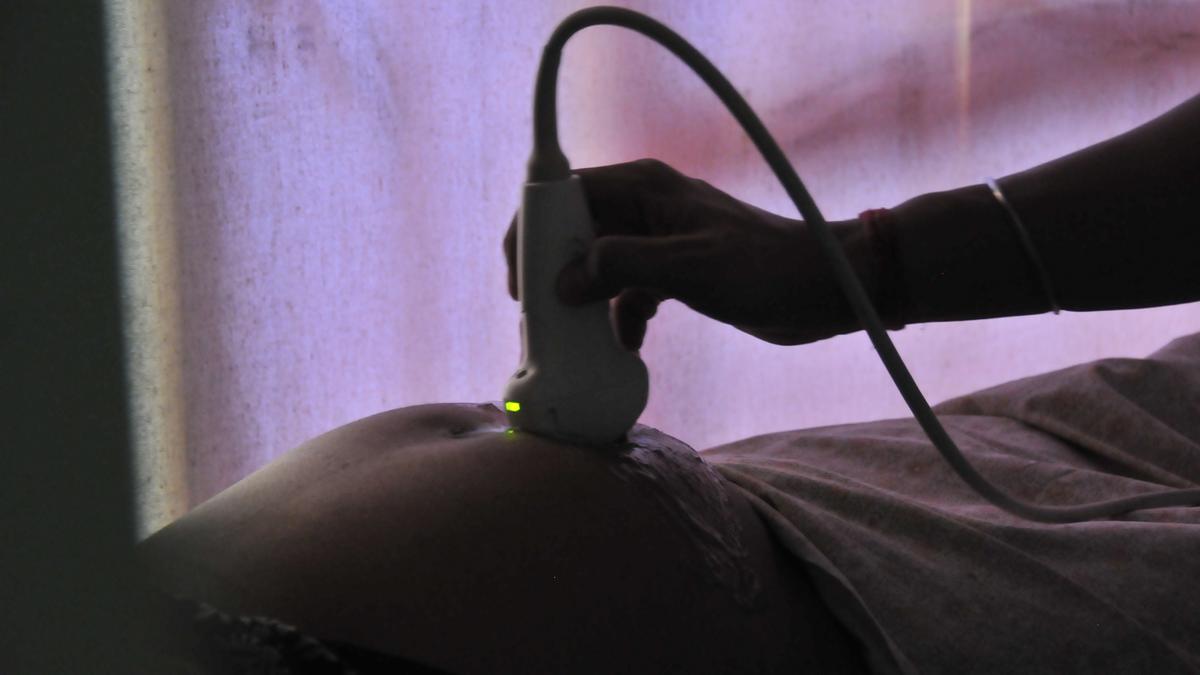As the Independence struggle was gaining momentum in India in the 1930s, a vocalist with rich, layered tones began to fire up the imagination of the masses. His renditions, especially of Bankim Chandra Chatterjee’s Vande Mataram with MS Subbulakshmi, tugged at the heartstrings with patriotic fervour.
The vocalist was Dilip Kumar Roy, about whom Mahatma Gandhi would say, “If I may make a bold claim, very few persons in India—or rather in the world—have a voice like his, so rich and sweet and intense.” Rabindranath Tagore would tell him, “I have a sincere affection for you. My heart is attracted by your unmixed truthfulness and frankness.”
The Sangeet Natak Akademi honoured Roy with one of India’s highest honours in art, the Sangeet Natak Akademi Fellowship in 1964. But, though Roy achieved international renown as a singer, he was also on a spiritual quest for the truth. It is in this part of his life that Pune would play an important role.
If the Hari Krishna Mandir in Model Colony, Shivajinagar, looks like a bungalow built in the modernist style and surrounded by leafy gardens, it is because that’s what it used to be. The Mandir was where Roy used to live and where his samadhi rests alongside that of his disciple-daughter Indira devi, an accomplished musician and dancer who revived many bhajans of Mirabai.
The temple holds a place in history for another reason – in the tumultuous decade after Independence, it upheld pluralism of faiths as it emphasised peace and welcomed people from all religions. There are photos and idols of Guru Nanak, Jesus Christ and literature of saints and prophets, besides main idols of Krishna and Radha.
“The Krishna idol, too, is in his most playful avatar. Though we have a lot of correspondence between Roy and eminent figures such as his guru Sri Aurobindo, and then Prime Minister Jawaharlal Nehru, we find these to be of a non-political nature,” says Prerna Shetty, one of the founders and senior consultant at Pune-based firm Studio Gestalt, which has archived textiles, letters and other documents of the temple. The temple exudes a sense of calmness to this day, with devotees thronging for prayers every day from 6.30 pm to 8.30 pm.
A Spiritual Legacy
At the temple, an interested person will learn that Sri Dilip Kumar Roy was born in 1897 to an iconic nationalist poet, playwright and lyricist from Bengal, Dwijendralal Ray and Surabala Devi. A part of the Indian elite of the time, Roy was among the few who attended the prestigious Cambridge University in early 1900s (with Subhash Chandra Bose as his class fellow). His European experience included interacting with Bertrand Russell and Romain Rolland – both of whom were impressed with his singing prowess – and gaining a knowledge of the nuances of European music for two years in Germany among others.
 Hari Krishna Mandir in Model Colony, Shivajinagar, looks like a bungalow built in the modernist style and surrounded by leafy gardens, was the house of Roy. (Image: harikrishnamandir.org)
Hari Krishna Mandir in Model Colony, Shivajinagar, looks like a bungalow built in the modernist style and surrounded by leafy gardens, was the house of Roy. (Image: harikrishnamandir.org)
Though spiritually inclined since his childhood, Roy went on a deep quest when he was in his twenties and this enriched his art. According to Bhavnesh Desai, trustee of Hare Krishna Temple, “Roy, who was later well known as Dadaji, came from a culture of worship of Ma Kali, Durga and Saraswati. As he travelled to many countries, studying their music, he realised he knew all about the music in the West but not enough of Indian classical music. He spent several years travelling the length and breadth of this country to understand Hindustani classical music. But, his first love for God had always been just below the surface. Finally, the time came and in 1928, he took the plunge and took refuge at the feet of Sri Aurobindo as his guru.”
“The biggest turning point for Dadaji was when he met Ma Indira Devi for the first time when she was just 26 years old. She belonged to an affluent family from Baluchistan. She knew instantly that Dadaji would be her guru, but Dadaji enjoined her to seek the refuge of Sri Aurobindo. It was on Sri Aurobindo’s insistence that Dadaji accepted Ma Indira Devi as his disciple,” adds Desai.
Shortly after Sri Aurobindo’s passing, the duo moved to Pune and lived and worked out of the Pune temple, which was set up in 1959, until they breathed their last. “During this time Ma Indira Devi dictated over 800 Mira bhajans and evenings at the temple always had Dadaji, Ma and followers singing these bhajans and other compositions,” says Desai.
The temple also has a samadhi of their dog who was a faithful companion. There is also a small area of staff quarters for people who have dedicated their lives to seva. An unusual aspect of the temple is that a number of devotees are college students and other young people, who are drawn by the peace and serenity of the space.




Leave a Comment